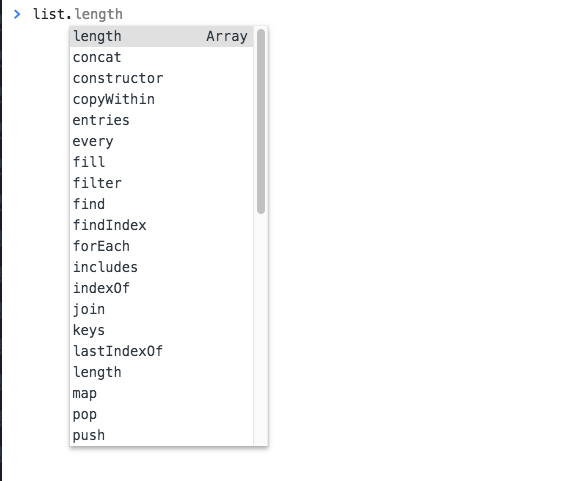JavaScript Prototypal Inheritance
JavaScript is quite unique in the popular programming languages landscape because of its usage of prototypal inheritance. Let's find out what that means
JavaScript is quite unique in the popular programming languages landscape because of its usage of prototypal inheritance.
While most object-oriented languages use a class-based inheritance model, JavaScript is based on the prototype inheritance model.
What does this mean?
Every single JavaScript object has a property, called prototype, which points to a different object.
This different object is the object prototype.
Our object uses that object prototype to inherit properties and methods.
Say you have an object created using the object literal syntax:
const car = {}or one created with the new Object syntax:
const car = new Object()in any case, the prototype of car is Object:
If you initialize an array, which is an object:
const list = []
//or
const list = new Array()the prototype is Array.
You can verify this by checking with the Object.getPrototypeOf() and the Object.prototype.isPrototypeOf() methods:
const car = {}
const list = []
Object.getPrototypeOf(car) === Object.prototype
Object.prototype.isPrototypeOf(car)
Object.getPrototypeOf(list) === Array.prototype
Array.prototype.isPrototypeOf(list)All the properties and methods of the prototype are available to the object that has that prototype:

Object.prototype is the base prototype of all the objects:
Object.getPrototypeOf(Array.prototype) == Object.prototypeIf you wonder what’s the prototype of the Object.prototype, there is no prototype: it’s null. It’s a special snowflake ❄️.
The above example you saw is an example of the prototype chain at work.
I can make an object that extends Array and any object I instantiate using it, will have Array and Object in its prototype chain and inherit properties and methods from all the ancestors.
In addition to using the new operator to create an object, or using the literals syntax for objects and arrays, you can instantiate an object using Object.create().
The first argument passed is the object used as prototype:
const car = Object.create({})
const list = Object.create(Array)Pay attention because you can instantiate an array using
const list = Object.create(Array.prototype)and in this case Array.isPrototypeOf(list) is false, while Array.prototype.isPrototypeOf(list) is true.
download all my books for free
- javascript handbook
- typescript handbook
- css handbook
- node.js handbook
- astro handbook
- html handbook
- next.js pages router handbook
- alpine.js handbook
- htmx handbook
- react handbook
- sql handbook
- git cheat sheet
- laravel handbook
- express handbook
- swift handbook
- go handbook
- php handbook
- python handbook
- cli handbook
- c handbook
subscribe to my newsletter to get them
Terms: by subscribing to the newsletter you agree the following terms and conditions and privacy policy. The aim of the newsletter is to keep you up to date about new tutorials, new book releases or courses organized by Flavio. If you wish to unsubscribe from the newsletter, you can click the unsubscribe link that's present at the bottom of each email, anytime. I will not communicate/spread/publish or otherwise give away your address. Your email address is the only personal information collected, and it's only collected for the primary purpose of keeping you informed through the newsletter. It's stored in a secure server based in the EU. You can contact Flavio by emailing flavio@flaviocopes.com. These terms and conditions are governed by the laws in force in Italy and you unconditionally submit to the jurisdiction of the courts of Italy.